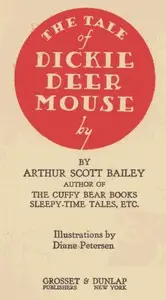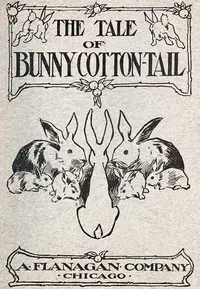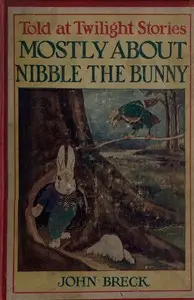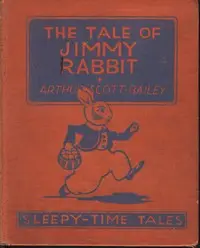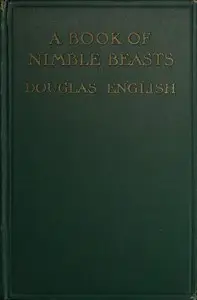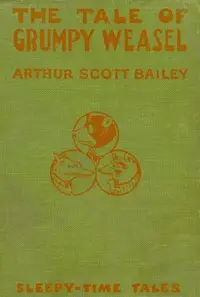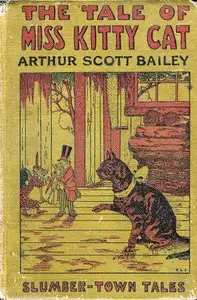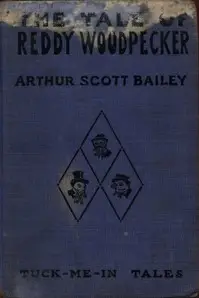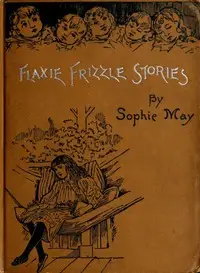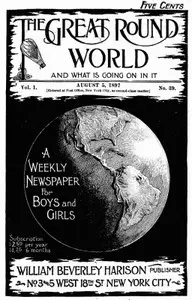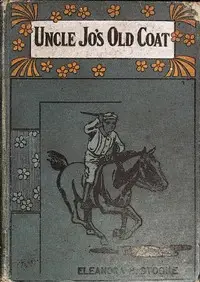"The Tale of Nimble Deer" by Arthur Scott Bailey is a delightful installment from the "Sleepy-Time Tales," unfolding the spirited life of a young deer named Nimble. Embark on a journey through the eyes of a fawn, as he eagerly explores the world beyond his mother's watchful gaze. As Nimble grows, his adventures lead him to plots involving Farmer Green's tempting carrots, dodging sly foxes and barking dogs, all while discovering the sweet bond of friendship with fellow creatures, from rabbits to bears. Through amusing escapades and valuable lessons, Nimble's tale speaks to the importance of caution, obedience, and the wonders of nature, all wrapped in a charming narrative perfect for young readers.
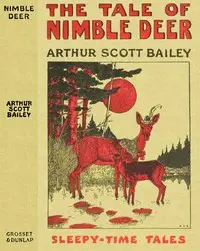
The Tale of Nimble Deer Sleepy-Time Tales
By Arthur Scott Bailey
A spirited young deer ventures into the world, where he discovers friendship, learns valuable lessons, and dodges danger on a quest for delicious carrots.
Summary
About the AuthorArthur Scott Bailey was an American writer. He was the author of more than forty children's books. He was born in St. Albans, Vermont, United States, the second child of Winfield Scott Bailey and Harriet Sarah Goodhue. Winfield Bailey owned a dry goods shop that was stated to be "one of the most reputable of St. Albans mercantile concerns" and specialized in furs; namely ladies' fur coats, muffs and scarves. Bailey attended St. Albans Academy and graduated in 1896, in a class of only eleven other students. He then went on to the University of Vermont in Burlington, Vermont, where he became involved in a fraternal organization, Sigma Phi.
Arthur Scott Bailey was an American writer. He was the author of more than forty children's books. He was born in St. Albans, Vermont, United States, the second child of Winfield Scott Bailey and Harriet Sarah Goodhue. Winfield Bailey owned a dry goods shop that was stated to be "one of the most reputable of St. Albans mercantile concerns" and specialized in furs; namely ladies' fur coats, muffs and scarves. Bailey attended St. Albans Academy and graduated in 1896, in a class of only eleven other students. He then went on to the University of Vermont in Burlington, Vermont, where he became involved in a fraternal organization, Sigma Phi.

